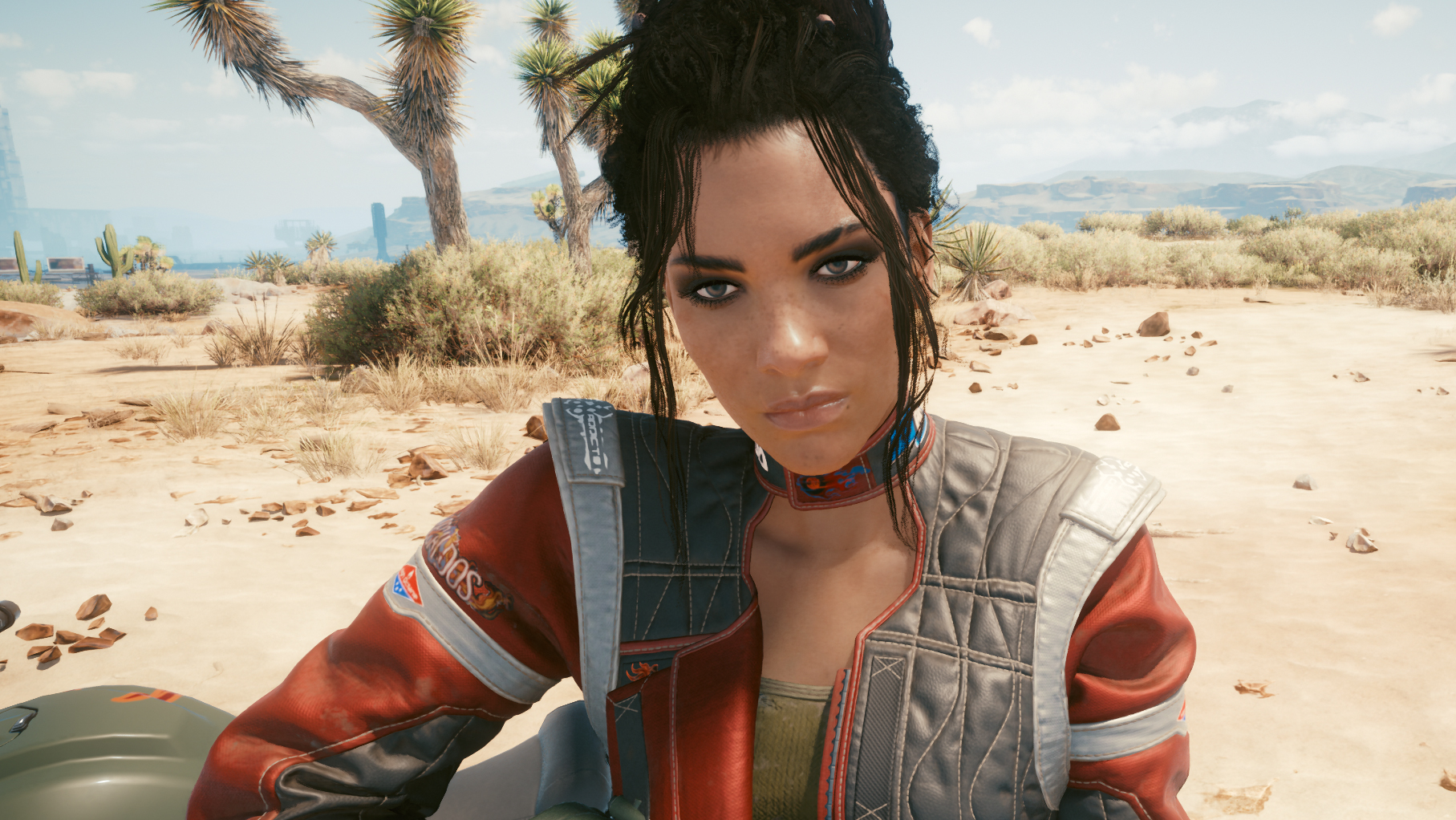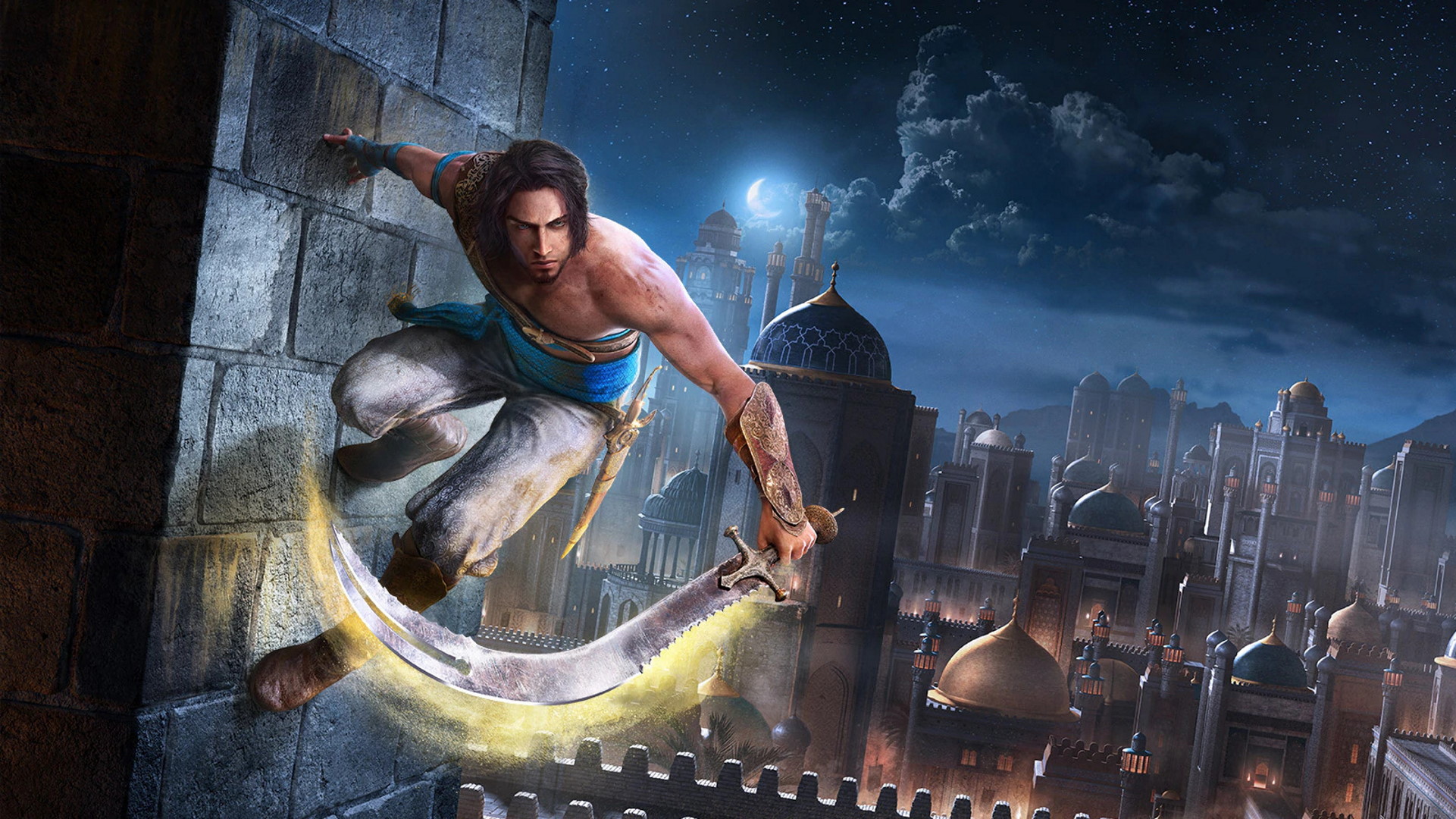
One success story in a live-service game market where big names are being shut down is Genshin Impact, an open-world action game with quality ongoing additions and updates despite implementing microtransactions in the hopes of potentially unlocking new characters to use. Developer HoYoverse seems to be doubling down on Genshin’s success with Honkai: Star Rail, which shares many similarities with its predecessor while also having enough to differentiate itself from its best-known game. After spending plenty of hours in its closed beta, Honkai: Star Rail seems like it’s shaping up to be another success for HoYoverse – even if there are a few things that may initially overwhelm and intimidate players.
Honkai: Star Rail is technically a follow-up to a previous game called Honkai Impact 3rd, but you don’t need to worry about knowing what’s happened previously to understand the story here. However if you are knowledgeable you will run into some familiar faces along the way. Similar to Genshin, Honkai stars a prismatic colored cast of anime-style characters. The main character – who you get to choose between male or female gender and name yourself – is the product of a Stellaron, which is best defined as a seed of destruction that will inevitably bring disaster. And it happens to sit inside your character.
After waking up on a desolate spaceship which later serves as your homebase, you are recruited as a trailblazer, a band of adventurers who travel to different planets in need of help on a fantastical train called the Astral Express. While I was still in the early hours of the story, there was a surprising amount of depth to the characters in my party. Part of that being due to a strong voice cast across the board giving everyone a much more definitive personality. I learned about where they originally came from, what their goals are and the reasoning behind their outlook on life.
These party members can be unlocked by simply progressing through the main story, but you can also potentially summon them by using rail passes. Your chances are slim and the developers are transparent with you about it in detailing the percentage chance of unlocking a 4 or 5 star character, but I won’t deny the dopamine that hits when it happens. If the gatcha systems in place happen to put a bad taste in your mouth, that shouldn’t turn you away completely because it isn’t a requirement to progress through the story.
Each playable character is assigned to a dedicated “path” that excels in specific abilities. Along with that are light cones, which are basically cards that can be equipped to characters that follow its respective path, giving them an increase in health, attack, and defense, as well as a unique passive ability.
A strong voice cast across the board gives everyone a much more definitive personality.
Unlike Genshin Impact, Honkai: Star Rail has a more world level-based system instead of one giant open world-map complemented with turn-based combat. Straightforward, but effective, each party member is equipped with three different attack options; basic, skill, and ultimate. Hitting enemies with basic attacks gains skill points to use your skill attack, and after enough hits have been made you can activate your ultimate – which can deal massive damage or even buff your team. Each party member has a dedicated damage type with all enemies having several weaknesses. Attacking an enemy’s weakness will lower their break bar which when empty will delay their ability to act. Streamlining combat makes the gameplay more approachable for those who are unfamiliar with the genre, but there are some sacrifices that come alongside it. Healing items can only be used outside of battle and you are unable to swap out party members whether they’re alive or dead. Fleeing from battle is also unavailable to you if you happen to get yourself into a tougher than usual fight. It isn’t the end – the world, since you’ll spawn right before your previous encounter, but it also seems unnecessary for these mechanics to be missing.
When exploring through each location you will run into portals that will heal your party and teleport to places you’ve previously been to, as well as treasure chests that give you materials that can go towards a myriad of different things. Seriously, I can’t stress enough how many different materials there are. Whether it be to level up characters, unlock stat nodes, or synthesize items just to name a few. These materials aren’t thrown at you all at once, but as they are introduced to you bit by bit it does become overwhelming and definitely takes time to remember what everything is specifically used for. Outside of combat, party members can be switched around and prove to be beneficial, since everyone has a unique ability that can provide an advantage going into your next fight – like freezing an enemy before combat even begins.
After my time with Honkai: Star Rail I totally understand why games like Genshin Impact are so popular. They may have microtransactions and gacha features that you expect from a major game that is also available on mobile in 2023, but the truth of the matter is they are optional and not necessary to get the full experience that is being offered. Honkai is shaping up to be a well-made game with an interesting enough universe, story and characters making me want to come back to it and see it evolve over time.






